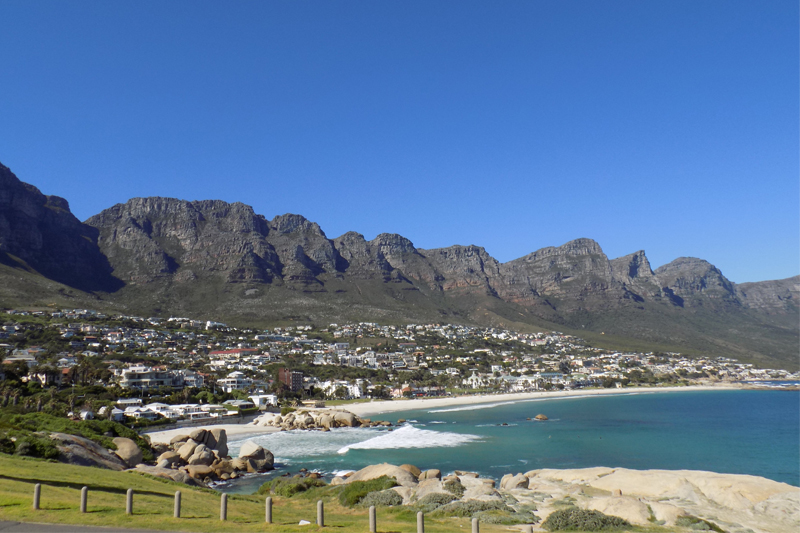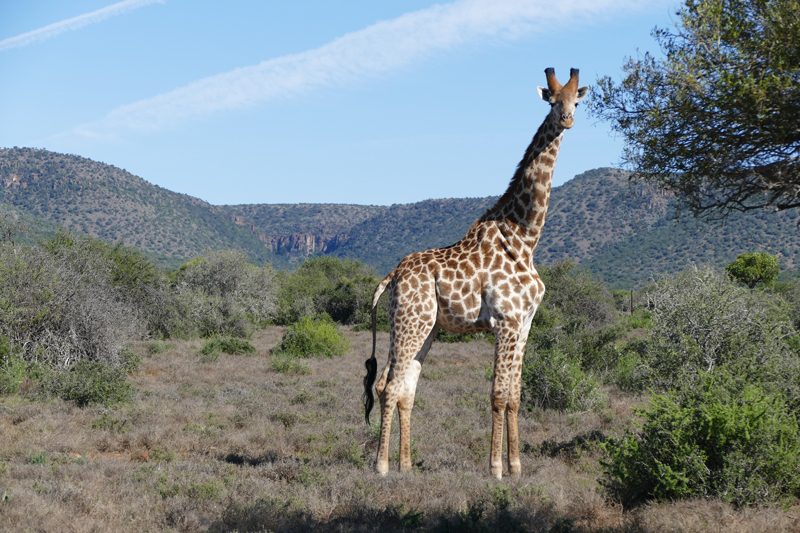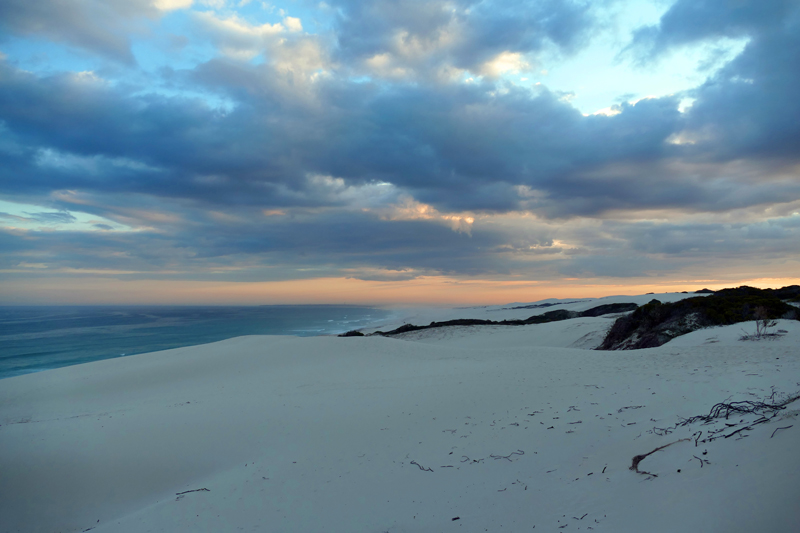The South of South Africa, including the Western and Eastern Capes
Few cities in the world are as recognisable as Cape Town, hemmed between Table Mountain and the protected Table Bay.
Cosmopolitan and vibrant, easy going and with a splendid summer climate, it is not surprising that the city is included on most visits to South Africa.
As the mountain stretches southwards to form the backbone of the Cape Peninsular, the area offers far more than just a city experience – lovely scenery set amongst vineyards or overlooking the oceans, excellent walking and golfing opportunities, great marine wildlife and birdlife including pelagic excursions, penguins, whales and white sharks. In Kirstenbosch, Cape Town hosts one of the best botanical gardens in the world, whilst the Table Mountain cable car, sight-seeing tours to Robben Island and shopping in the Waterfront are just some of the other well known local attractions.
Inland from the city itself, the Cape Flats give way to the mountainous country around the historic town of Stellenbosch, the chic village of Franschhoek, and culturally-diverse Paarl, which together form the ‘Winelands triangle’. Here, award winning vineyards are set amongst stunning mountain backdrops, certainly some of the most beautiful scenery anywhere in Africa.



On the south coast, and about 2 hours drive east of Cape Town, the town of Hermanus offers the finest land-based whale watching in the world (July to October) and is renown for its ‘whale crier’. Off-shore whale watching and great white shark excursions are also available.
Travelling eastwards, en route to the start of the so-called ‘Garden Route’ you might wish to head south to L’Agulhas, the most southern tip of the great African continent, and then travel through to the historic town of Swellendam.
The ‘Garden Route’ itself is usually defined as the coastal land between Mossel Bay and Port Elizabeth. In reality however, the most interesting section is the narrow verdant coastal belt hemmed between the Indian Ocean and the escarpment from George through to the Storms River, which includes the beautiful lake district around Wilderness and Sedgefield, the village and lagoon around Knysna, Plettenberg Bay with its wonderful long sandy beaches, and of course the indigenous Knysna and Tsitsikamma forests.
Travelling inland from this area, a number of stunning mountain passes lead you into the dry interior, known as the Great Karoo. Oudtshoorn, which lies at the bottom of the incredible Swartberg Pass and is known as the ‘feather capital of the World’ due to the significant ostrich farming which took place in the middle of the last century, is the first major town of the interior, and also home to the Cango Caves.
To the east and north of Port Elizabeth, the last couple of decades have seen huge growth in non-malaria wildlife reserves, with former livestock farms converted back to natural bush and restocked with most of Africa’s indigenous game. Although now technically part of the Western Cape, this region is usually referred to colloquially as the Eastern Cape (as it used to be). The Addo Elephant National Park is being expanded into the Greater Addo and will in time include much of the coastal belt and the sensitive marine environment around Algoa Bay. The private reserves such as Shamwari and Kwandwe have given the region much international recognition. The historical town of Grahamstown is also worth visiting.

